Design Process
The forms I created began with simple geometric shapes like polygons and circles, which I modified by changing their z-axis positions and tweaking the number of sides in the polygons. The idea for the gourd-shaped vessel was influenced by a game I was playing, Black Myth: Wukong. I was drawn to the spherical design because I noticed that many other projects avoided using such shapes, so I wanted to explore something more rounded and fluid. For the “petal vessel,” I leveraged a radial function, experimenting with different parameters until the shape felt right. Similarly, the third vessel evolved as I adjusted settings and shapes, aiming for a form that I found visually appealing and unique.
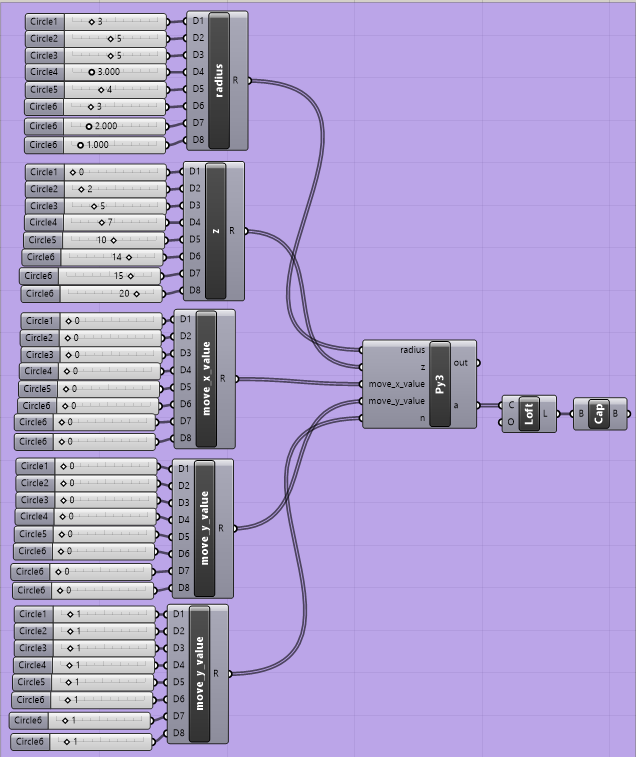
Gourd Vessel (4 hours 51 minutes)
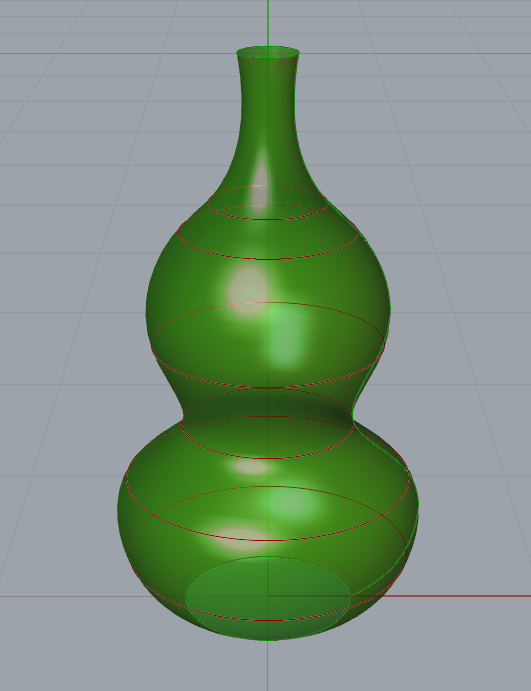
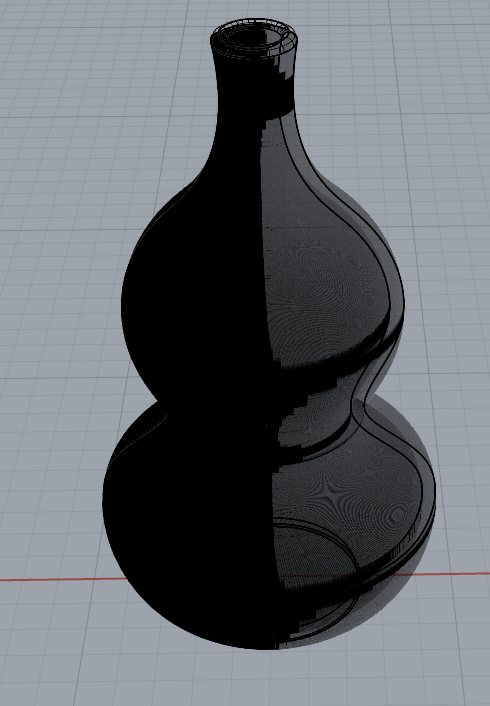
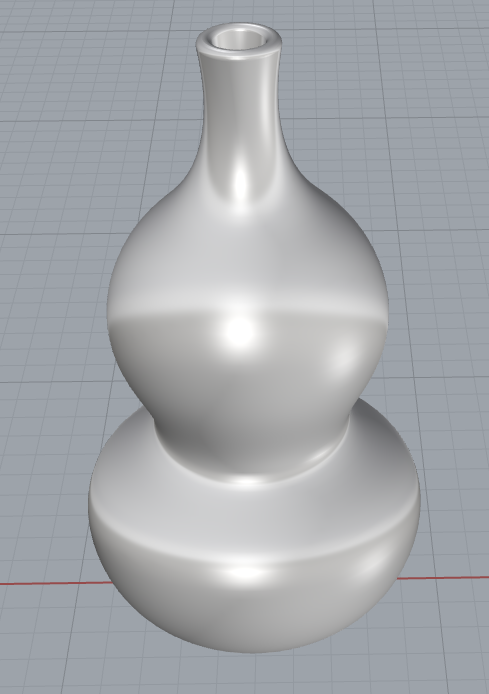
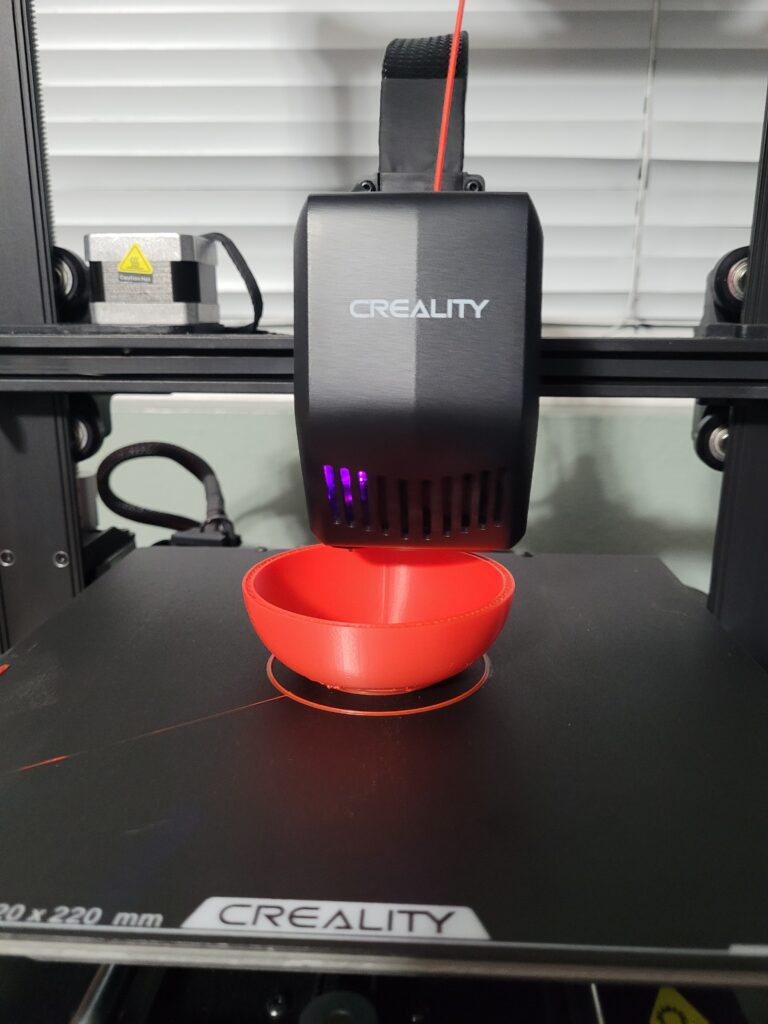
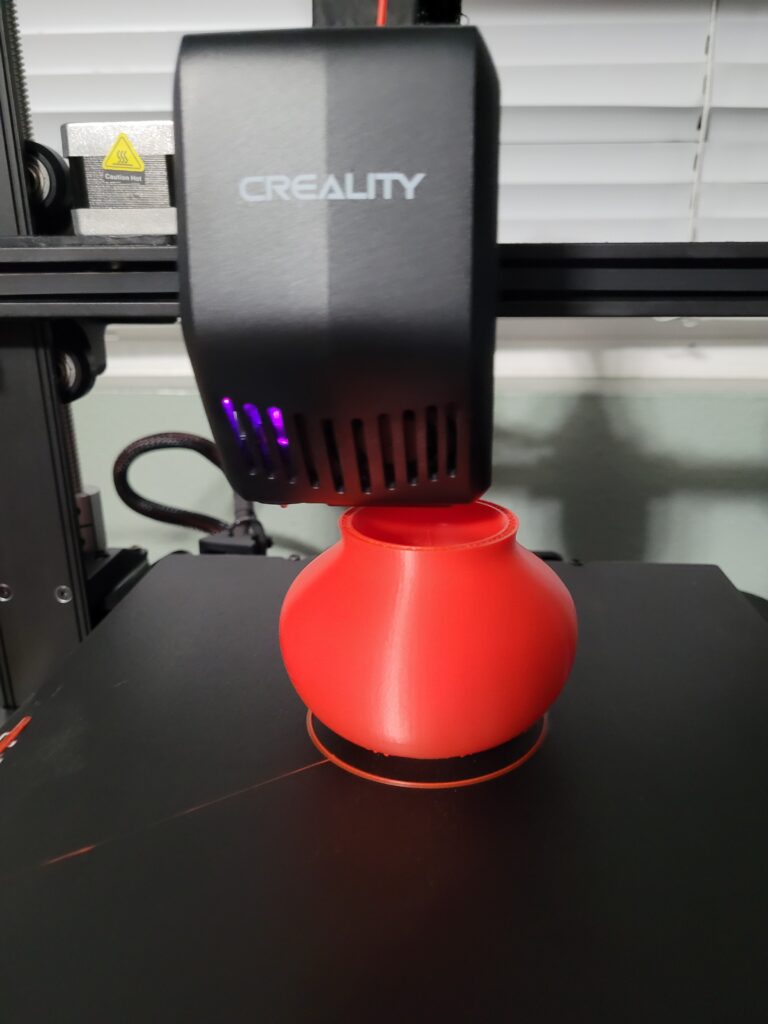
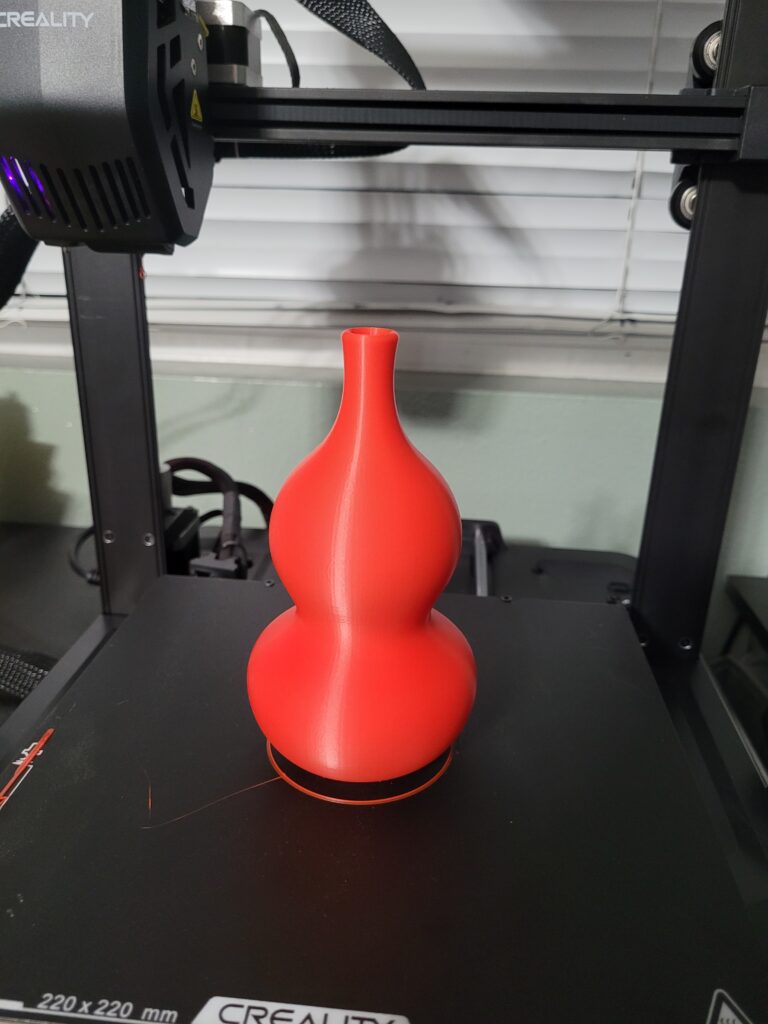
Petal Vessel (5 hours 36 minutes)
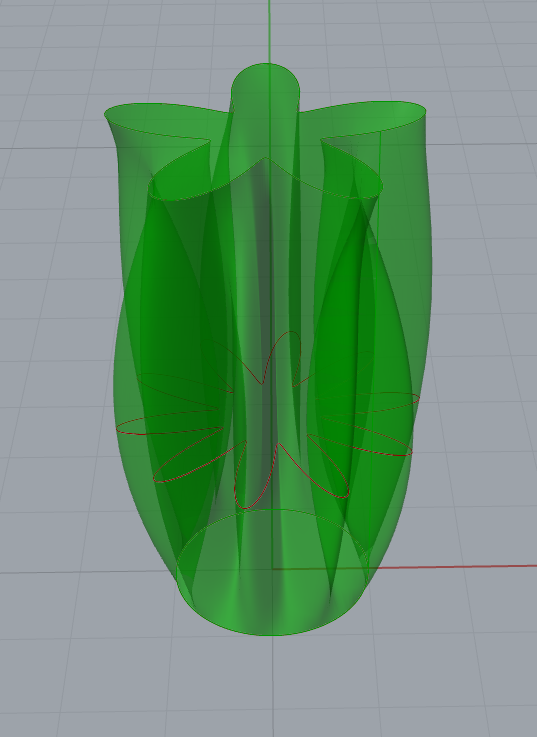
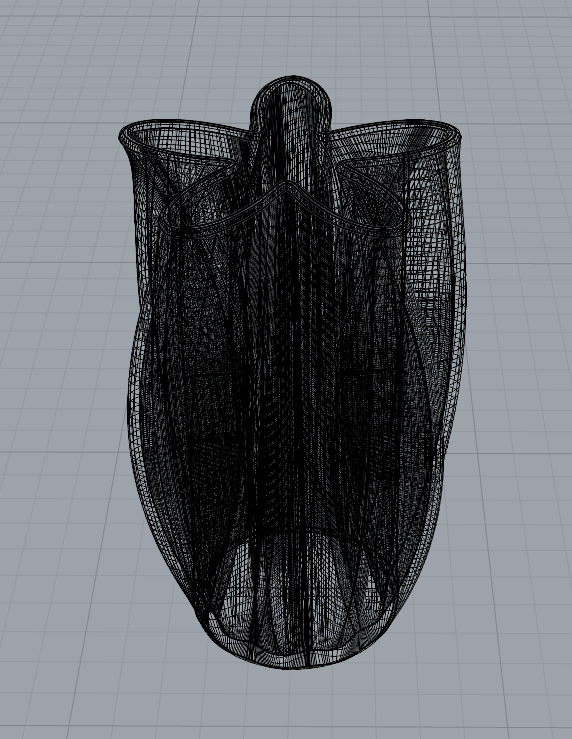
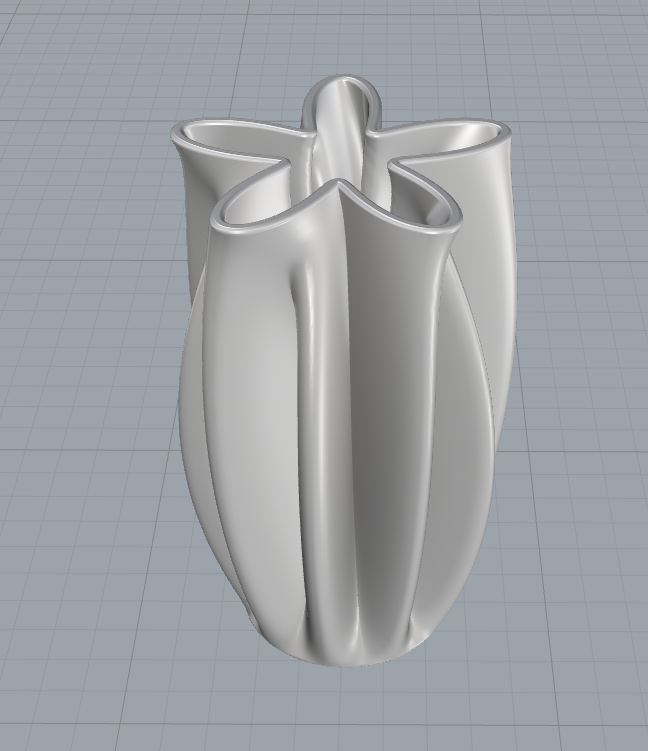
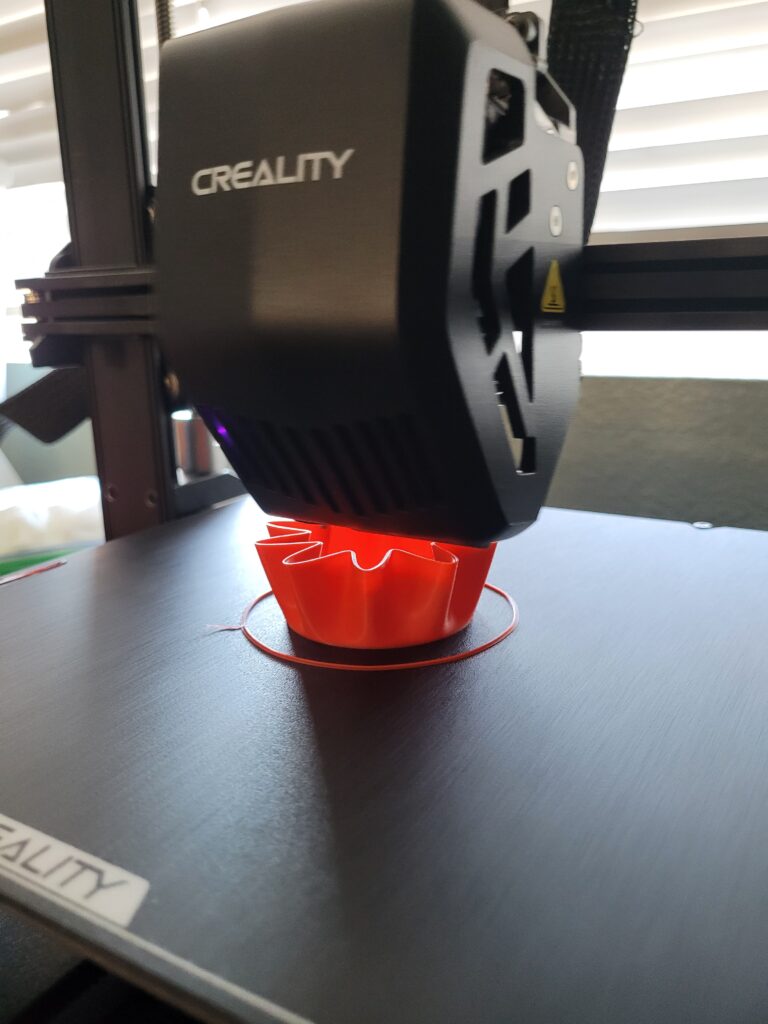
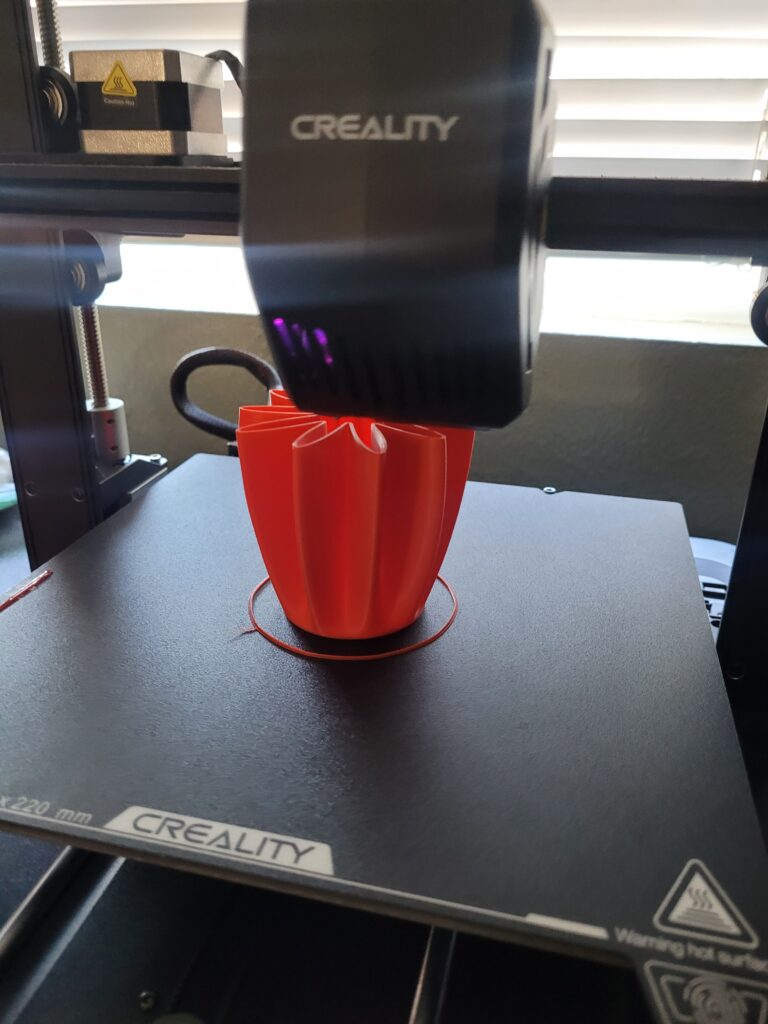
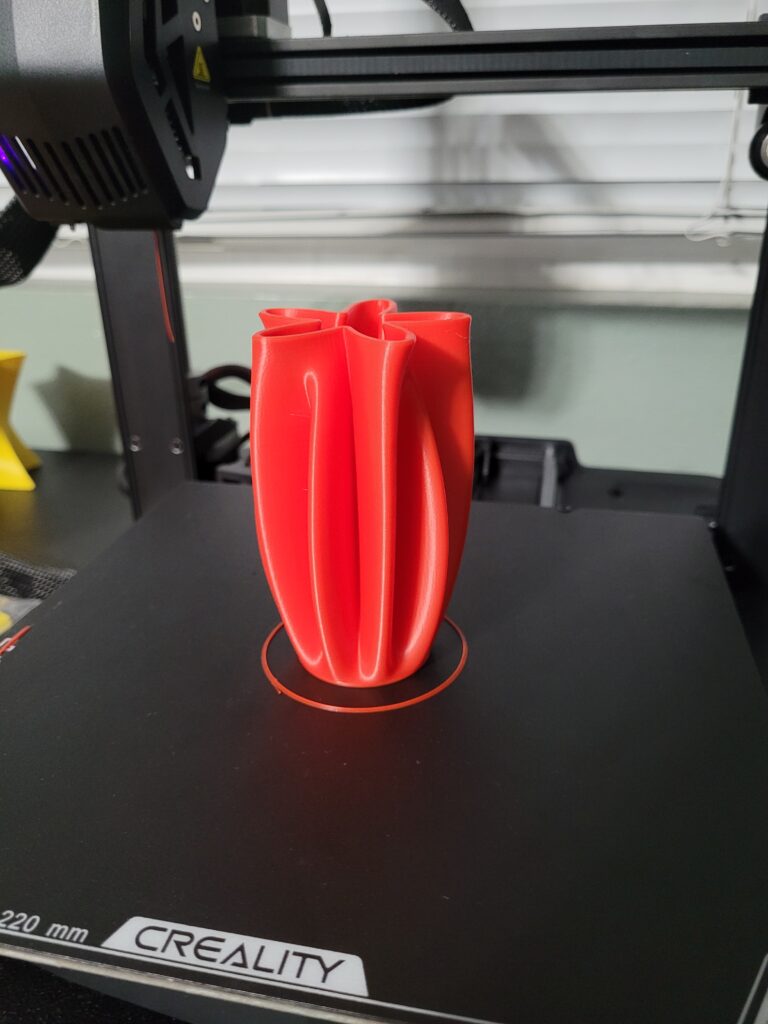
Third Vessel (5 hours 45 minutes)
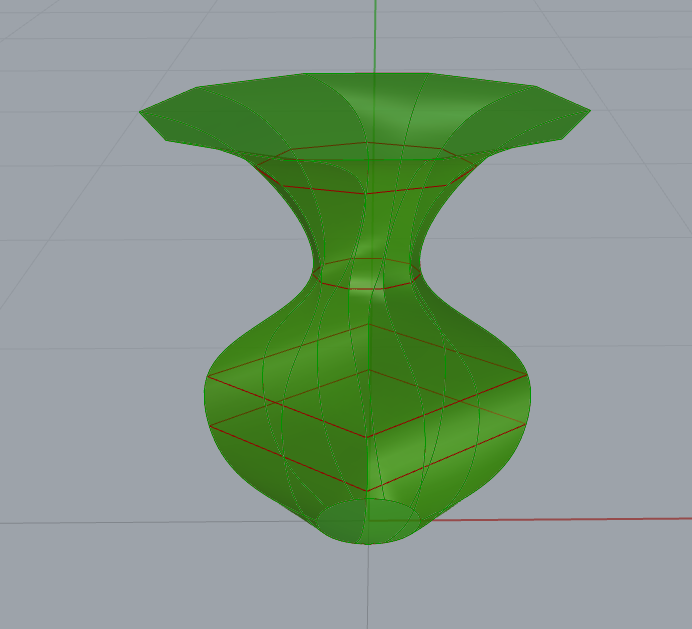
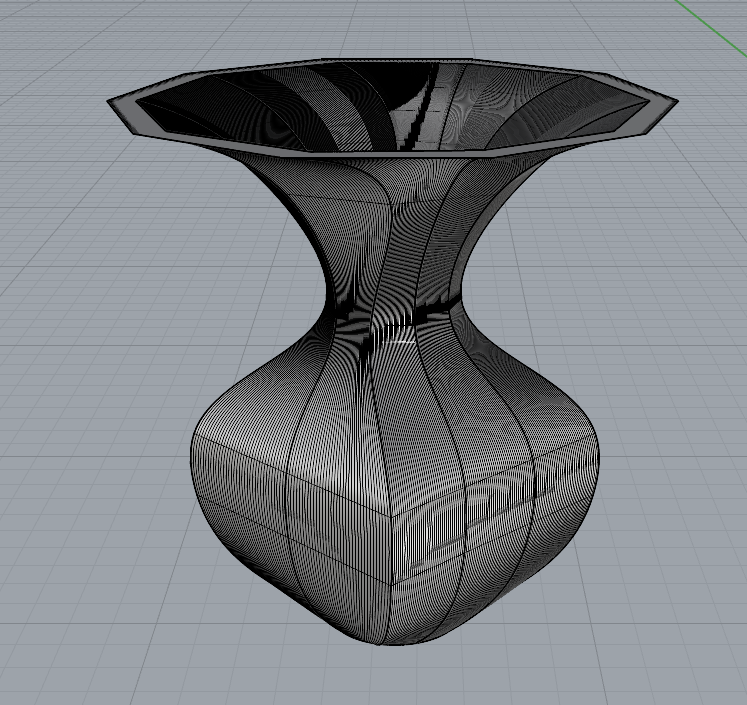
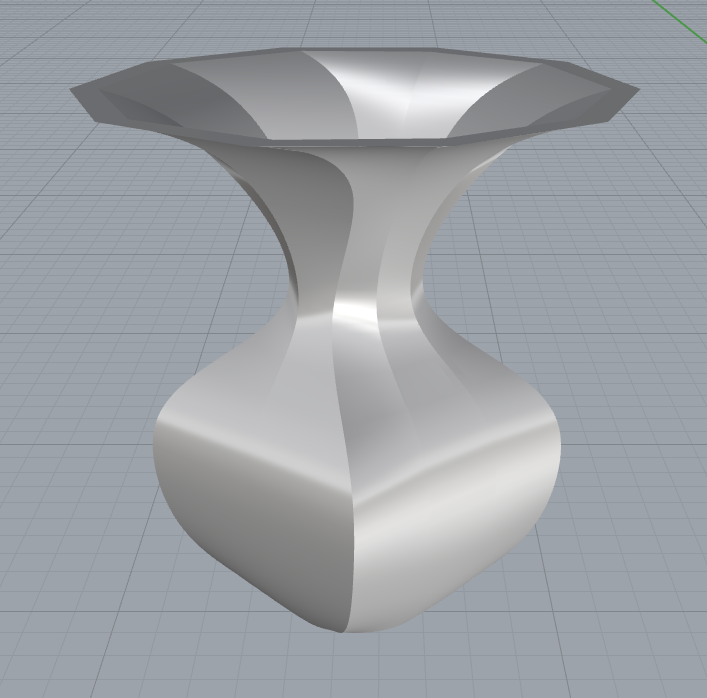
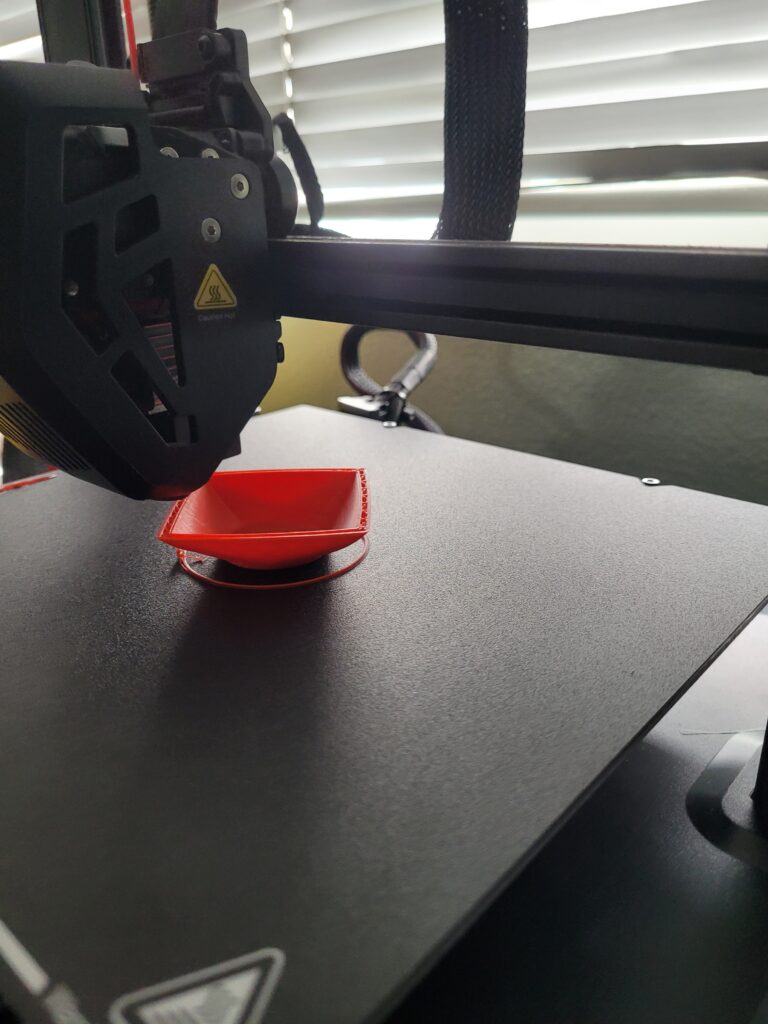
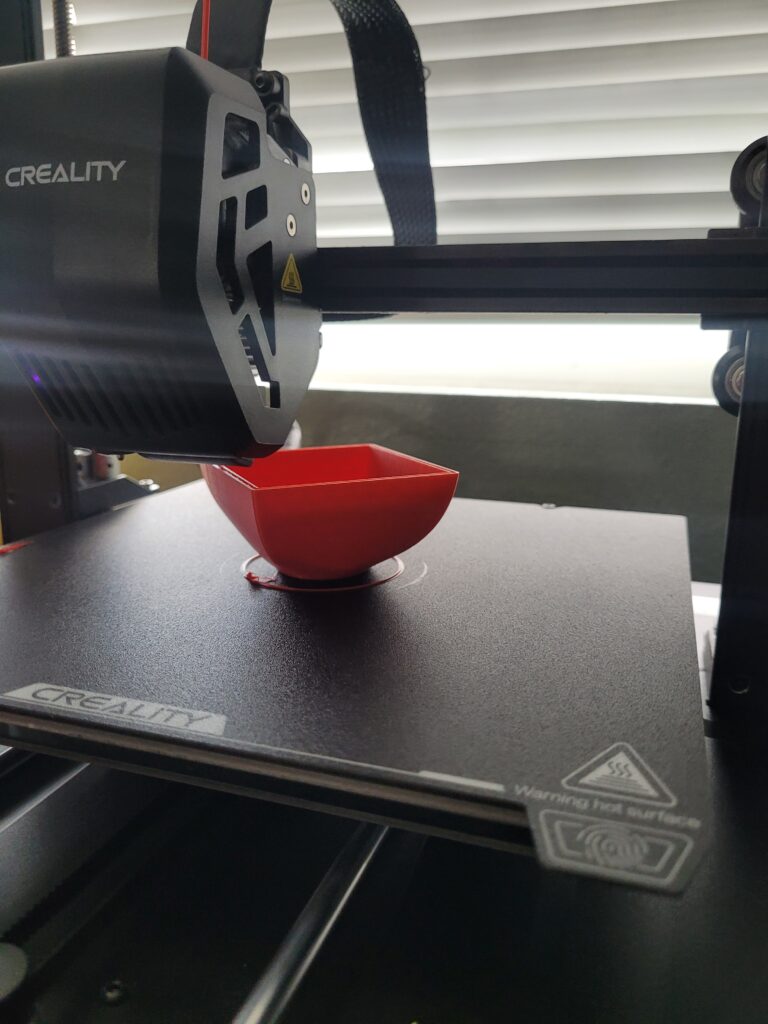

Final Vessels



Radial Function
For the petal-like effect in my vessels, I used a radial function that manipulates the sine wave to create the curved, flowing shapes. The function takes in an angle (theta) and a multiplier (k), then adjusts the radius accordingly. Specifically, it works by scaling the sine of the angle, which results in undulating shapes that radiate outward. The petals are formed through this wave pattern, creating the organic and floral-like look.
def radialFunction(theta, k):
return 5 * math.sin(k * math.radians(theta)) + radius
By adjusting k, I could control the frequency and amplitude of the waves, allowing for different petal styles.
Problems
During the printing process, I encountered a minor issue with a few of the vessels. As the print progressed from the bottom upwards, I noticed that when the curve of the vessel started to expand, the print quality deteriorated for a short section. The surface became rougher in this area before eventually smoothing out again. Additionally, there was some stringing between certain parts of the print.
I suspect that this rough patch was caused by the sudden increase in the overhang, as the curve widened, making it harder for the printer to maintain clean lines. The stringing may have resulted from insufficient retraction settings, especially when moving between different areas of the print. These minor issues did not affect the overall functionality of the vessels, but they are points to consider for further refinement of the print settings in future iterations.
Reflection on Parametric Design
I think that creating objects through programming and 3D printing lets designers achieve a level of precision and complexity that wasn’t possible before. Unlike traditional methods that rely on manual crafting and trial-and-error, digital design and 3D printing make it easy to experiment and make changes quickly. For example, with this assignment, we can adjust parameters and see results in real-time, allowing us to fine-tune our designs quickly. Software tools let us create detailed models and make adjustments before we print. Plus, turning digital designs into physical objects in one step simplifies the process and cuts down on time and costs compared to traditional manufacturing.
One big advantage I see with 3D printing is how flexible it is for prototyping and customizing designs. I can quickly try out different ideas, test various setups, and create items that are tailored to specific needs without being limited by traditional manufacturing methods. On the downside, I think one issue is the high initial cost of 3D printers and materials. Also, 3D-printed objects might not always be as strong or durable as those made using conventional methods, especially for larger or more stressed items. Even with these challenges, I believe that combining programming with 3D printing is a game-changer for design, offering exciting new opportunities for creativity and innovation.
Reflection on Creative Agency and Intent:
I designed my forms by starting with basic polygons and circles, manipulating their z-axis and adjusting the number of sides for the polygons. For example, the gourd-like vessel was inspired by a game I was playing at the time, Black Myth: Wukong. I intentionally pursued a spherical shape because I noticed that many other designs tend to avoid such forms, and I wanted to experiment with something more organic and curvilinear. The “petal vessel” emerged from using a radial function. I played around with the parameters until I found a shape that resonated with me, and the same approach was used for the third vessel—adjusting the parameters until I arrived at something visually interesting.
In terms of authorship, my sense of creative ownership feels somewhat different from what it would be in a traditional design process. While I did choose the direction and general shape of the vessels, much of the actual creation was facilitated by the software and algorithms I used. In traditional design, there’s a more hands-on approach, where every line and curve is directly drawn and crafted by the designer. Here, I feel like I’m working in partnership with the computer—I’m setting up the rules and parameters, but the software brings those ideas to life in ways that might not have been possible with just pen and paper. The process is less about manually creating every detail and more about experimenting with possibilities that the computer helps generate. This adds a layer of unpredictability, which can be exciting but also makes the final result feel less “authored” in a conventional sense.
Hi, Daniel!
I really like your vessels especially the second one! Also, for your third vessel, did you had to create a support in Cura? It doesn’t appear in the printing images but if yes, what kind of support did you use? I had similar shape and I couldn’t print it without it.
Regarding your reflections, I agree with you that traditional methods require more experience and trial and error. While, 3D printing, we can test and experiment efficiently, and there is less waste due to this reasons. Great reflections!
Hi Bat,
Thanks so much! I’m glad you liked the second vessel! As for the third one, I actually didn’t need any supports—it printed surprisingly well without them. I haven’t had much experience with supports yet, so I was hoping it would turn out okay without needing them, and aside from a few rough sections, it came out pretty good. I’m definitely planning to experiment with supports more in future projects to see how they could improve the print quality!
Regarding the printing issues, my prints also have very sharp overhangs and I experienced a similar issue. It probably has to do with the lack of supporting structure and how thin these layers are since its for a hollow vessel. I appreciate the attempt to go for something different and the pivot to spherical forms is very interesting. I haven’t played Black Myth: Wukong, but I am a big fan of a game called Sekiro which has a similar gourd item and I will say it is very distinct compared to most other prints I’ve seen. Overall, very nicely done builds.
Hi Christopher!
Thanks for the feedback! Yeah, I think the sharp overhangs and thin layers might have contributed to the issues I had, especially with the hollow structure. I really haven’t messed with supports yet so I just hoped that it would print okay without the supports. I’m glad you found the spherical forms interesting—it was a fun direction to explore. I’ve heard great things about Sekiro! It’s cool that the gourd item stood out to you. Appreciate the kind words about the builds!